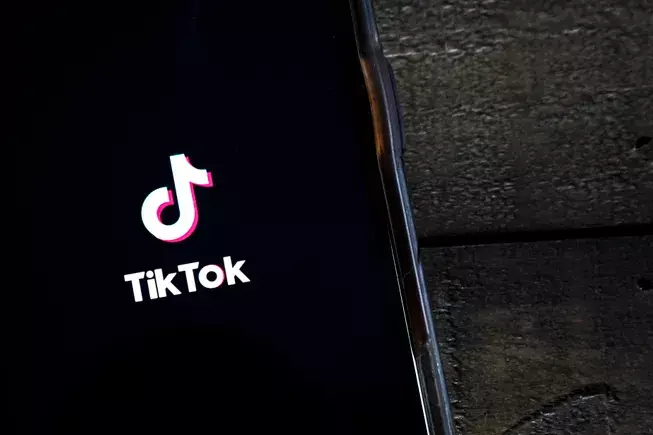As TikTok’s presence in the United States faces mounting political and regulatory hurdles, whispers of a radical restructuring are gaining momentum. The social media giant is reportedly developing a dedicated U.S.-exclusive version of its app, tentatively called “M2,” signaling a strategic pivot designed to navigate the complex web of national security concerns and legislative stipulations. This move is not just a technical nuance but a bold statement that TikTok is willing to reconfigure its core product to ensure its survival in a high-stakes geopolitical environment. It embodies a pragmatic acknowledgment that maintaining access in the U.S. might require more than just procedural compliance; it may necessitate a fundamental architectural change that separates U.S. user data and control from the global platform.
This division aims to satisfy specific demands outlined in legislation like the “Protecting Americans from Foreign Adversary Controlled Applications Act,” which emphasizes restrictions on foreign influence. While details remain opaque, the underlying strategy suggests a tailored approach—offering a version of TikTok that adheres to strict U.S. regulations, possibly by limiting algorithm exposure or changing ownership controls. The timing, pegged for an early September launch, indicates a calculated effort to strike a balance between regulatory compliance and user retention. The critical question is whether this new platform will retain the engaging algorithms that fuel TikTok’s addictive appeal or whether it will be a stripped-down version—less effective, yet legally compliant.
Balancing Control, Security, and User Engagement
A key element of this development revolves around how U.S. authorities and TikTok’s parent company, ByteDance, will navigate the delicate line of control. U.S. lawmakers have long viewed TikTok with suspicion, primarily due to fears of foreign influence and data security risks. To mitigate these concerns, the proposed U.S.-only app could involve measures like limiting data pipelines, restricting algorithm access, or even appointing U.S.-based oversight. It’s notable that the Chinese government has repeatedly resisted relinquishing control over TikTok’s algorithms, which are at the heart of its success. Therefore, this new bifurcated version could serve as a compromise, allowing ByteDance to preserve its global algorithmic ecosystem while offering regulators confidence that U.S. data and control are insulated.
However, this approach is fraught with risks. The platform’s addictive nature—and its power to drive engagement—hinges on the very algorithms that might be restricted or separated in the new version. Users across the globe have come to rely on TikTok for entertainment, information, and even activism. Diluting the algorithm or creating a fragmented user experience might diminish the product’s appeal, affecting user retention and advertising revenues. It’s a gamble: sacrificing some engagement to appease regulators, or risking alienating millions of American users by limiting what made TikTok captivating in the first place.
Implications for Global Strategy and Corporate Sovereignty
This move also signifies a broader strategic shift. Until now, TikTok’s global operations were perceived as a unified entity, with algorithmic control and data policies consistent across regions. The idea of creating separate versions for different markets suggests a new mode of corporate governance—one where compliance is achieved not through global policy adjustments but through segmentation of the product itself. Such a model could set a precedent, prompting other tech giants to consider regionalized platforms as a means of sidestepping regulatory roadblocks.
Yet, this raises fundamental questions about sovereignty, control, and the future of digital platforms. Is creating a U.S.-only version a pragmatic solution, or does it mark a retreat from the globalized, interconnected internet? If successful, TikTok’s strategy might influence how other culturally and politically sensitive platforms operate, emphasizing controllability over universality. However, it could also fragment user experiences and erode the very community that has driven TikTok’s explosive growth.
This fragmentation could result in a fractured ecosystem—what the industry fears as an erosion of the seamless social experience. Nonetheless, for TikTok, survival seems to be the primary goal. While the company grapples with these complex challenges, there’s an underlying optimism that a well-engineered U.S. version, if deployed effectively, could preserve the platform’s essence and profitability. But whether this will be enough to satisfy regulators, satisfy global ambitions, and retain user enthusiasm remains an unwritten chapter in the ongoing saga of TikTok’s battle for dominance.


Leave a Reply